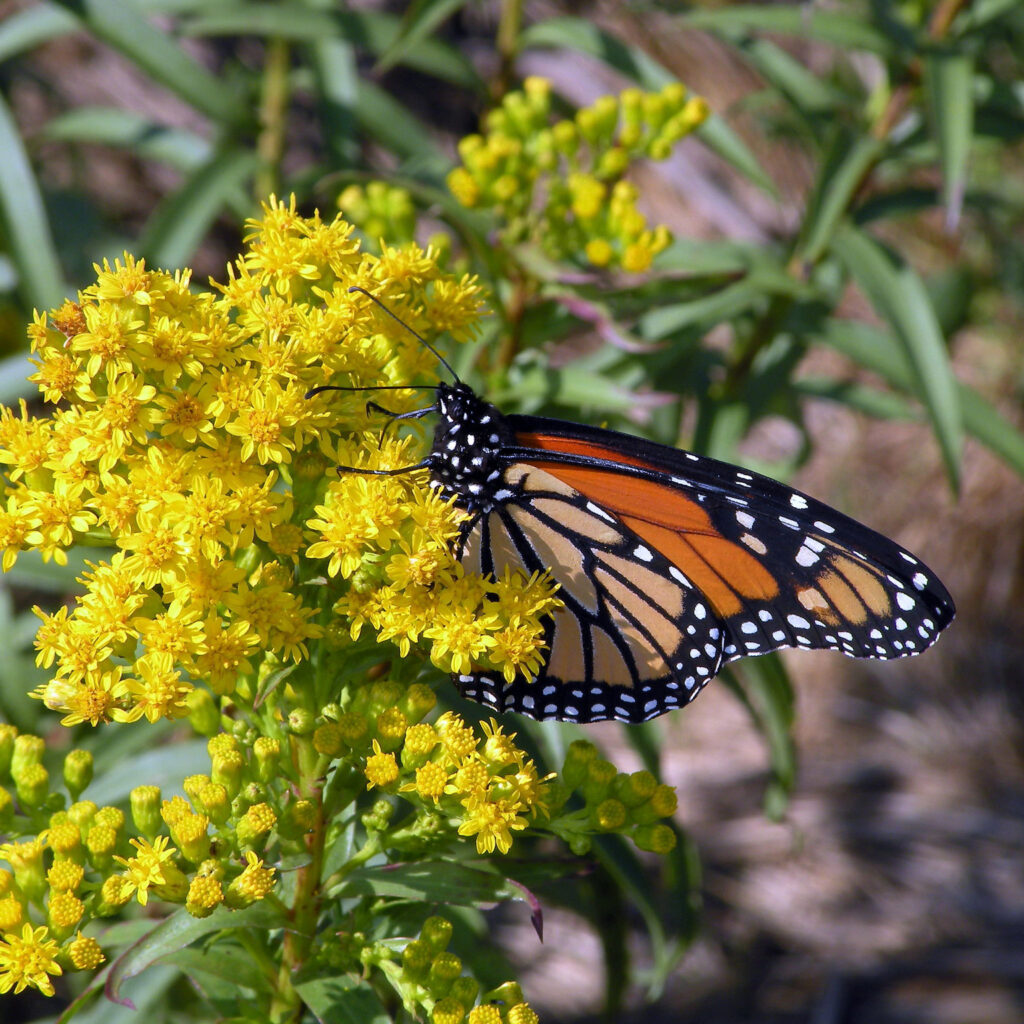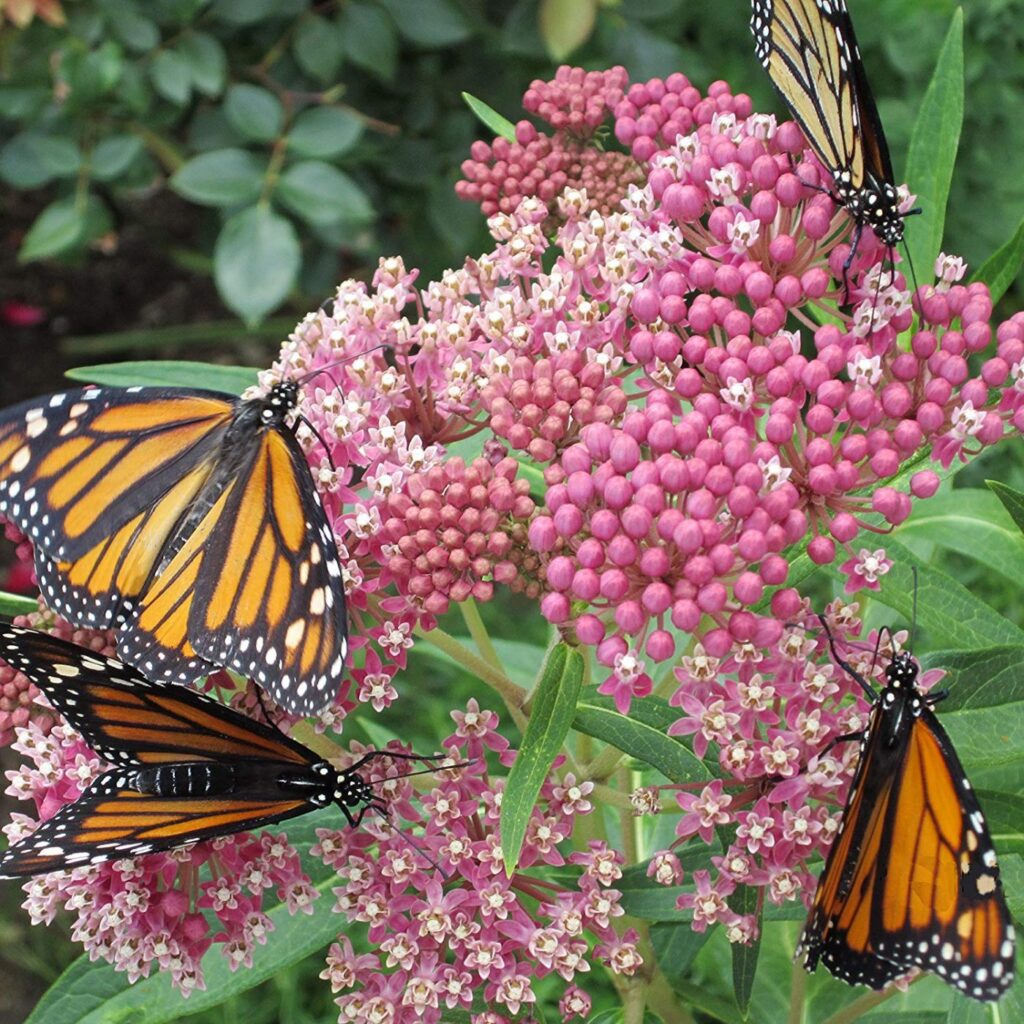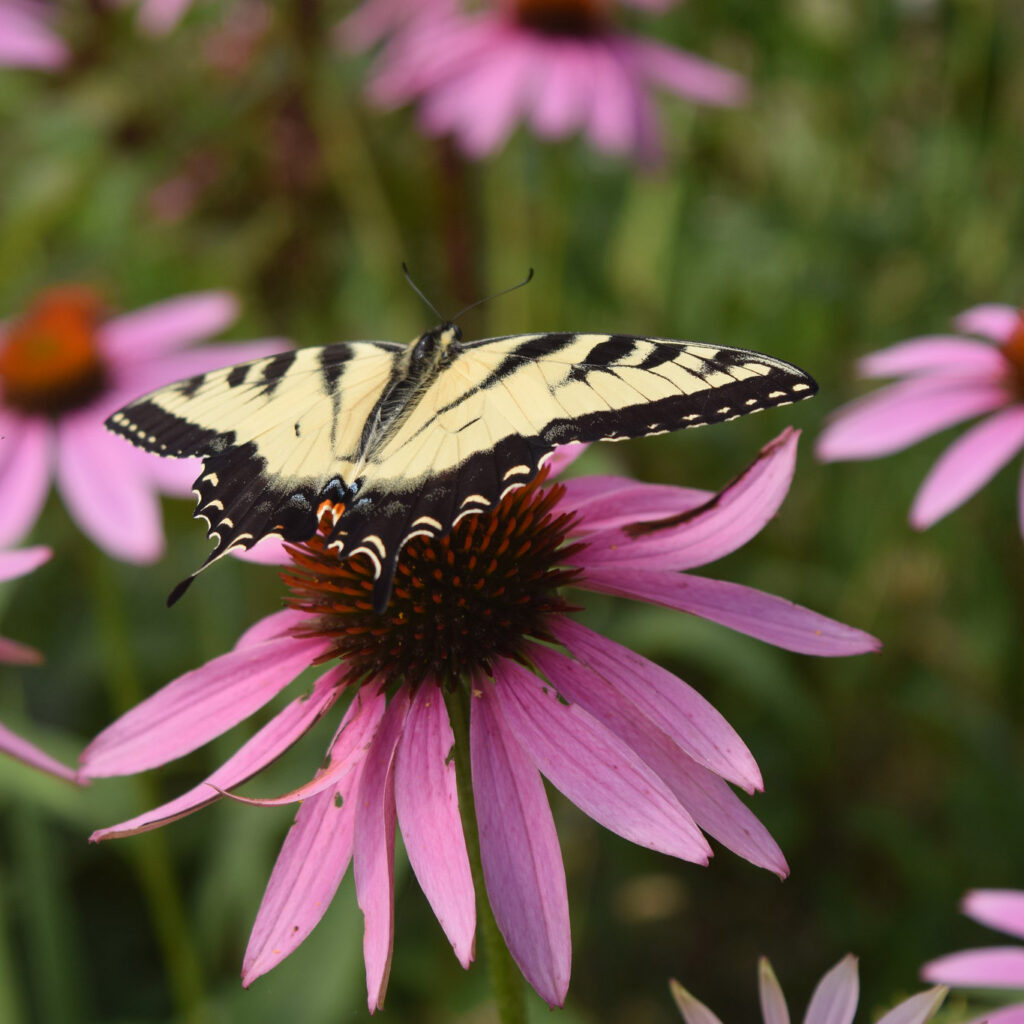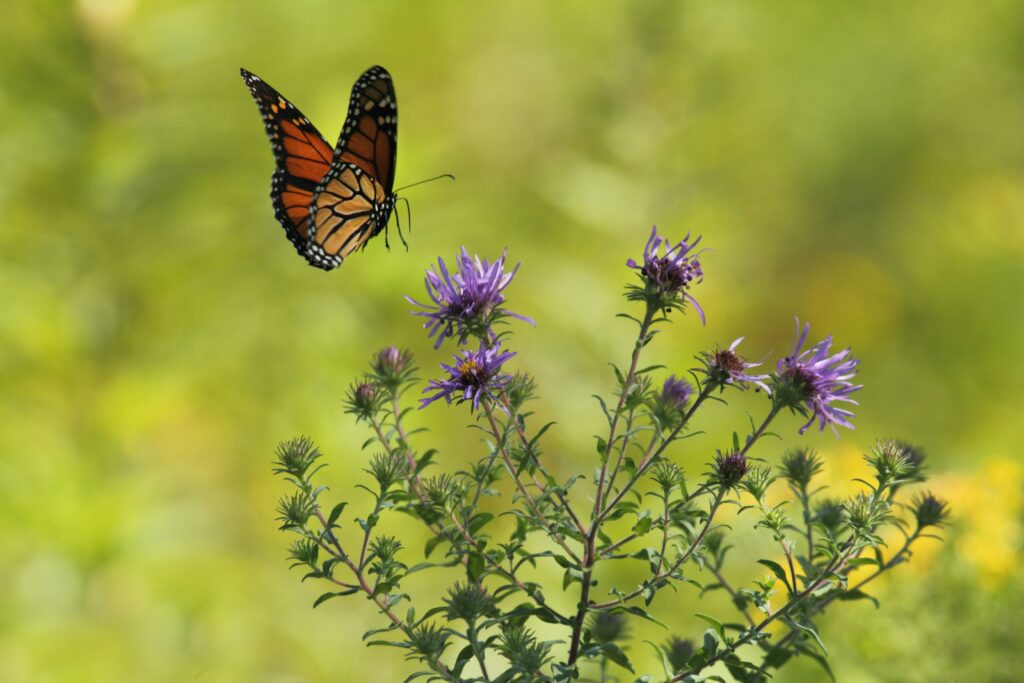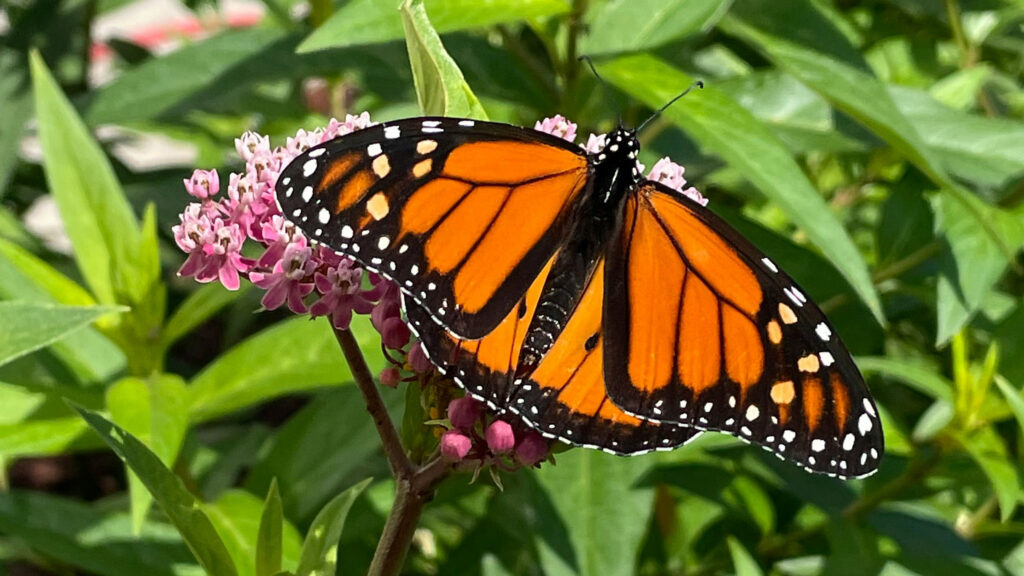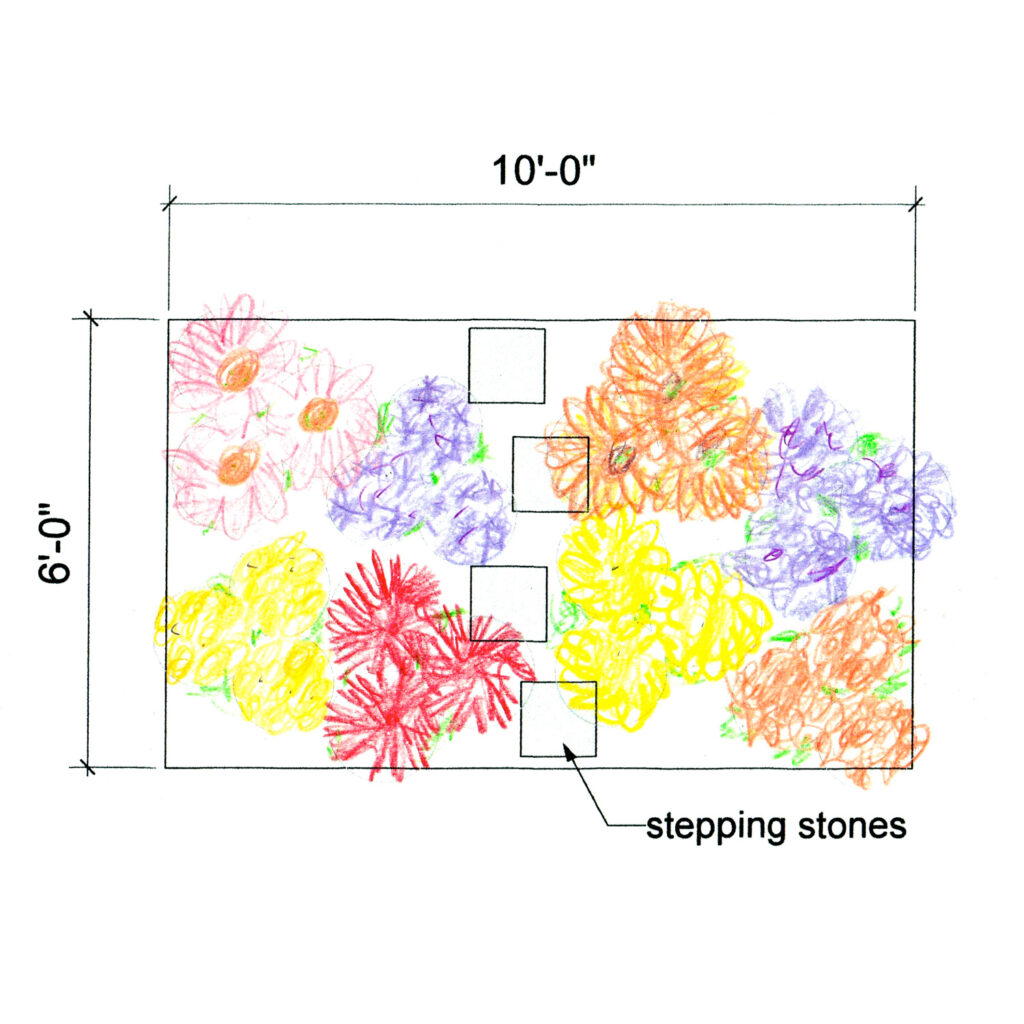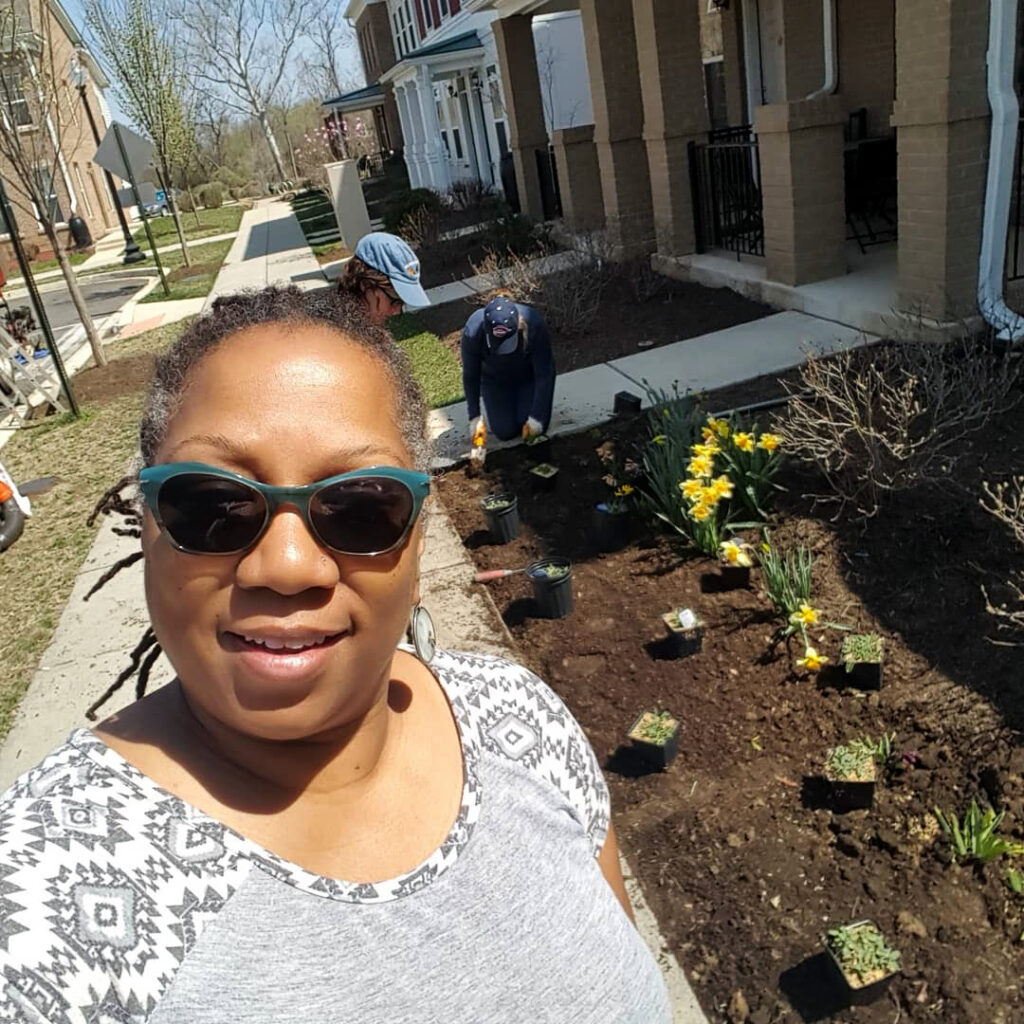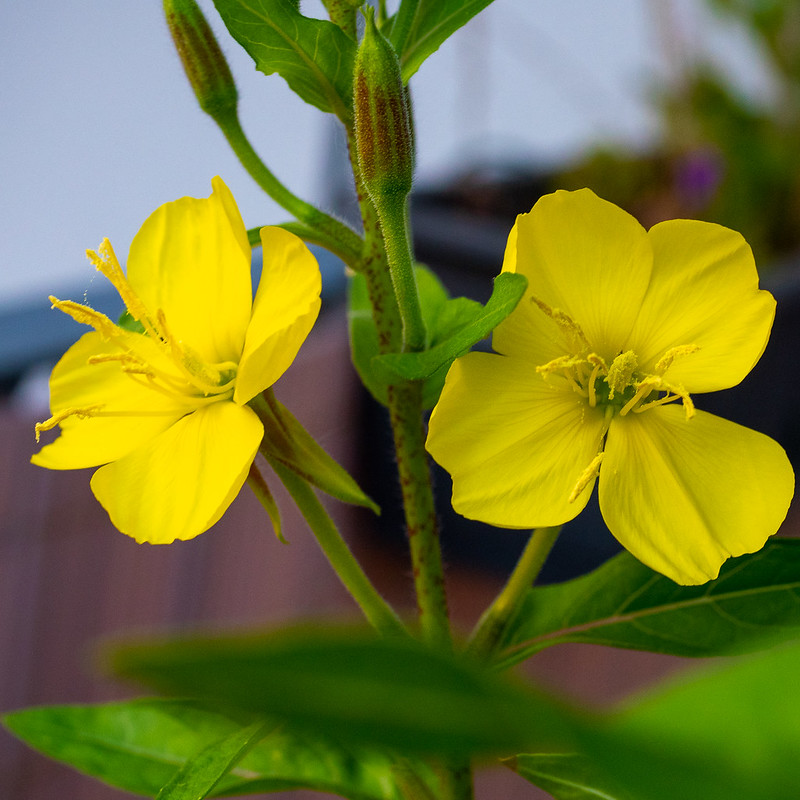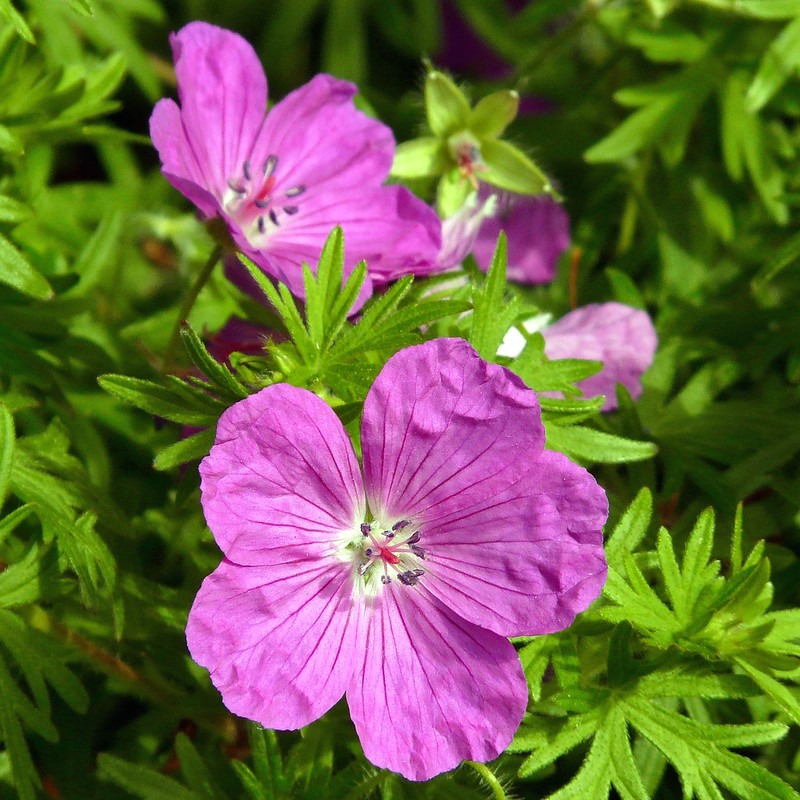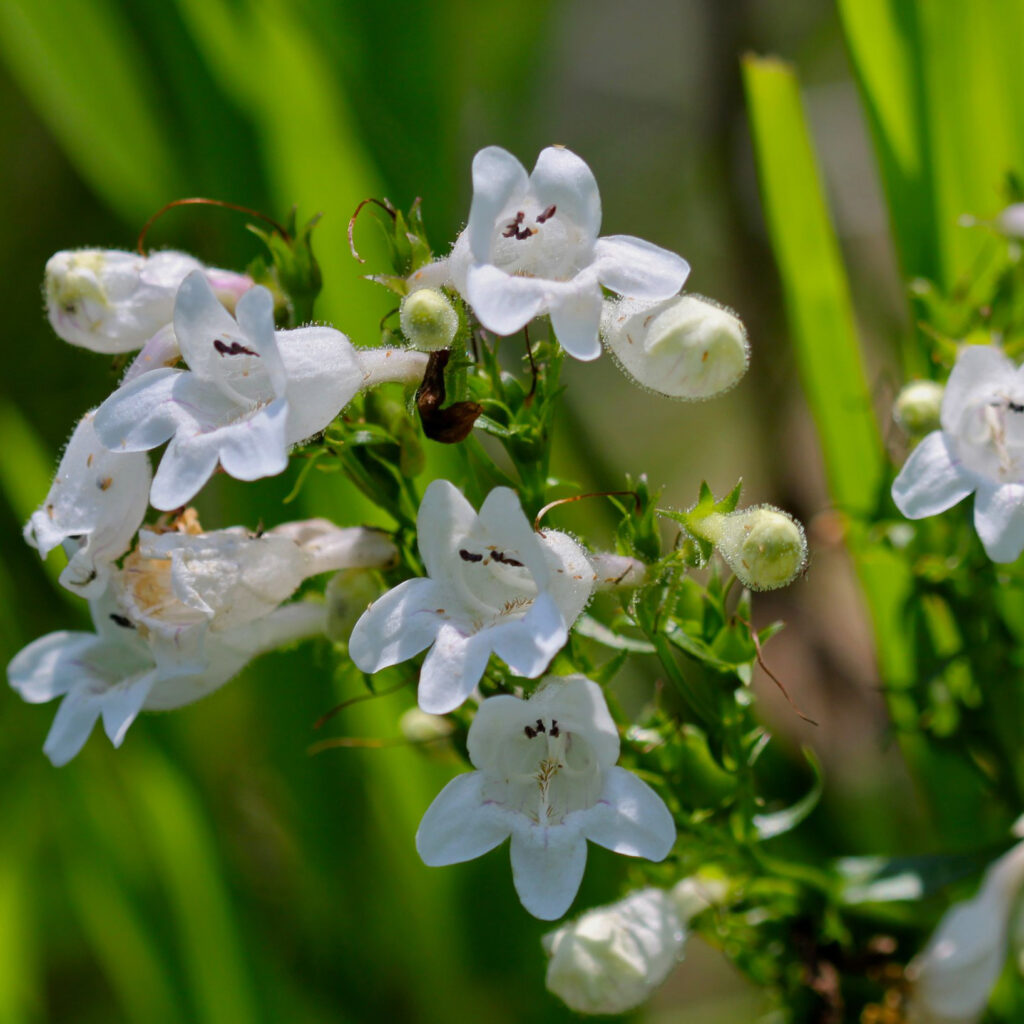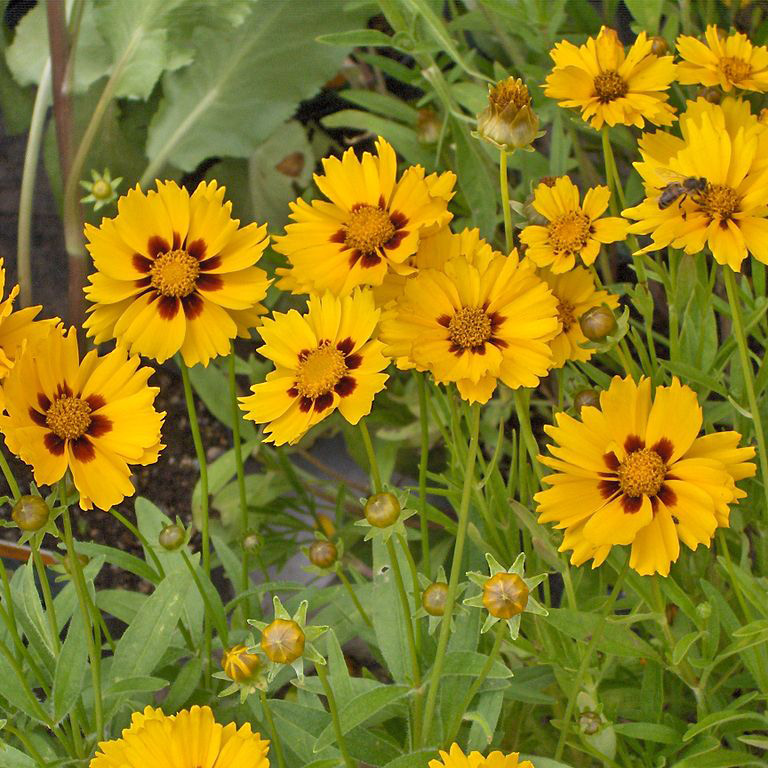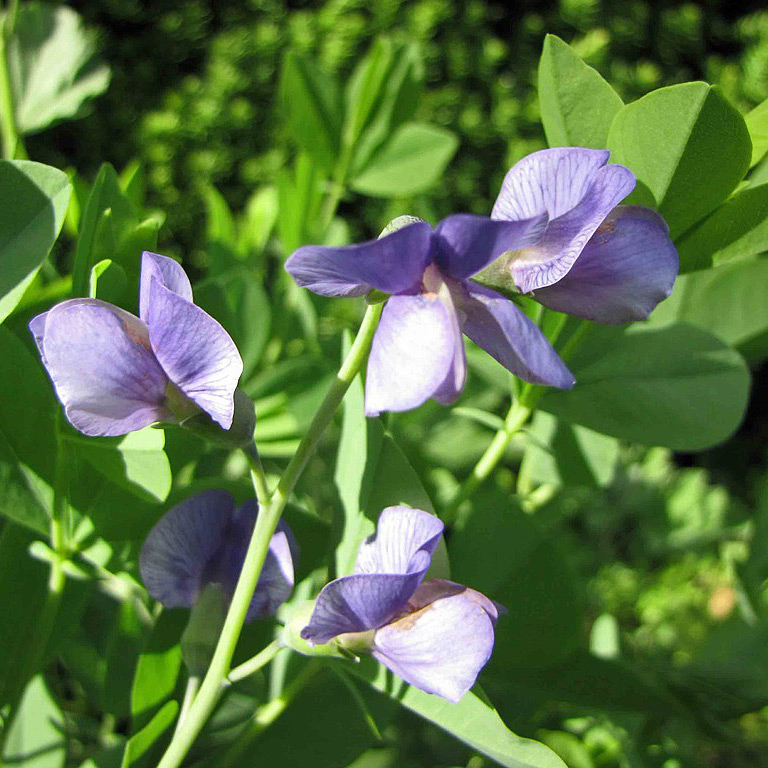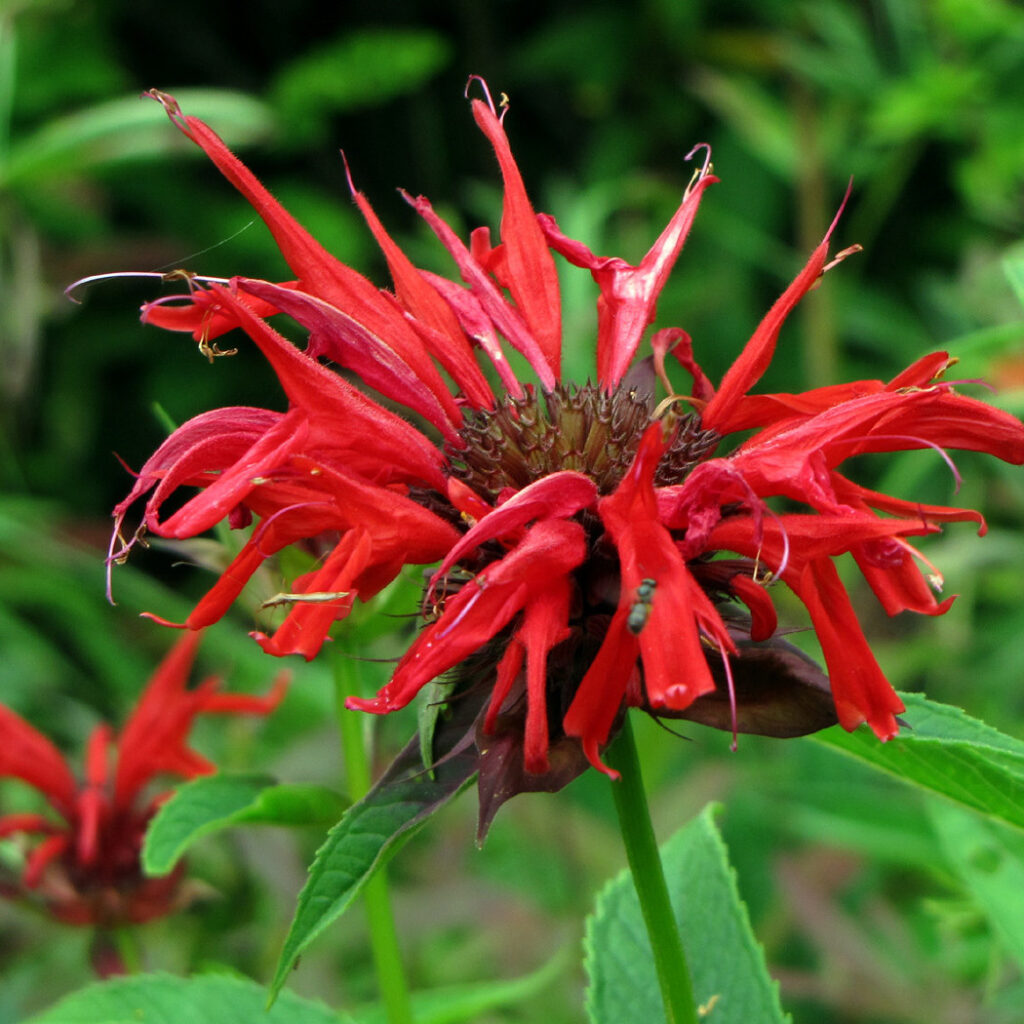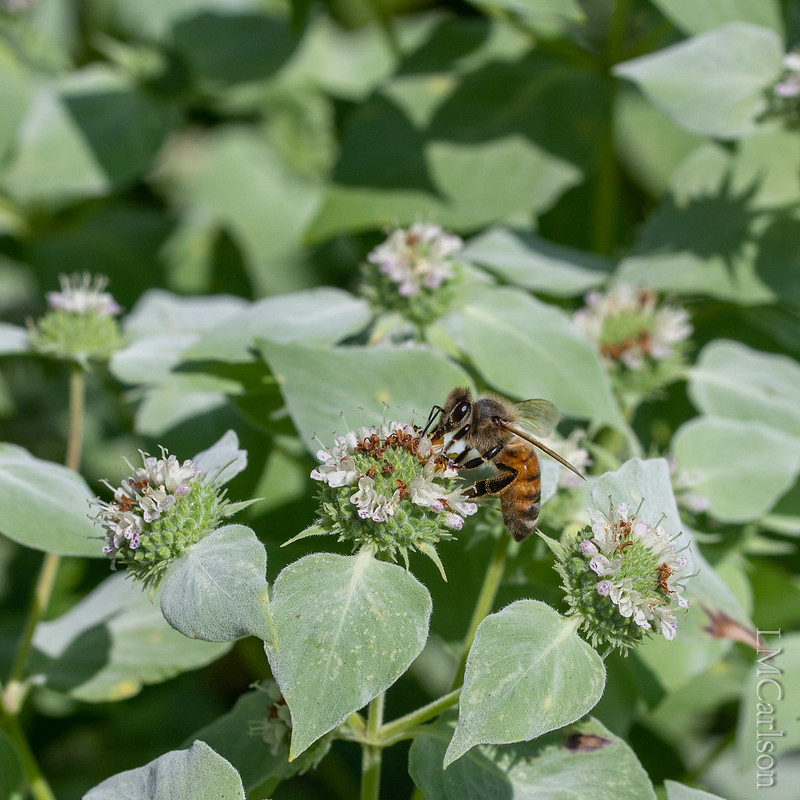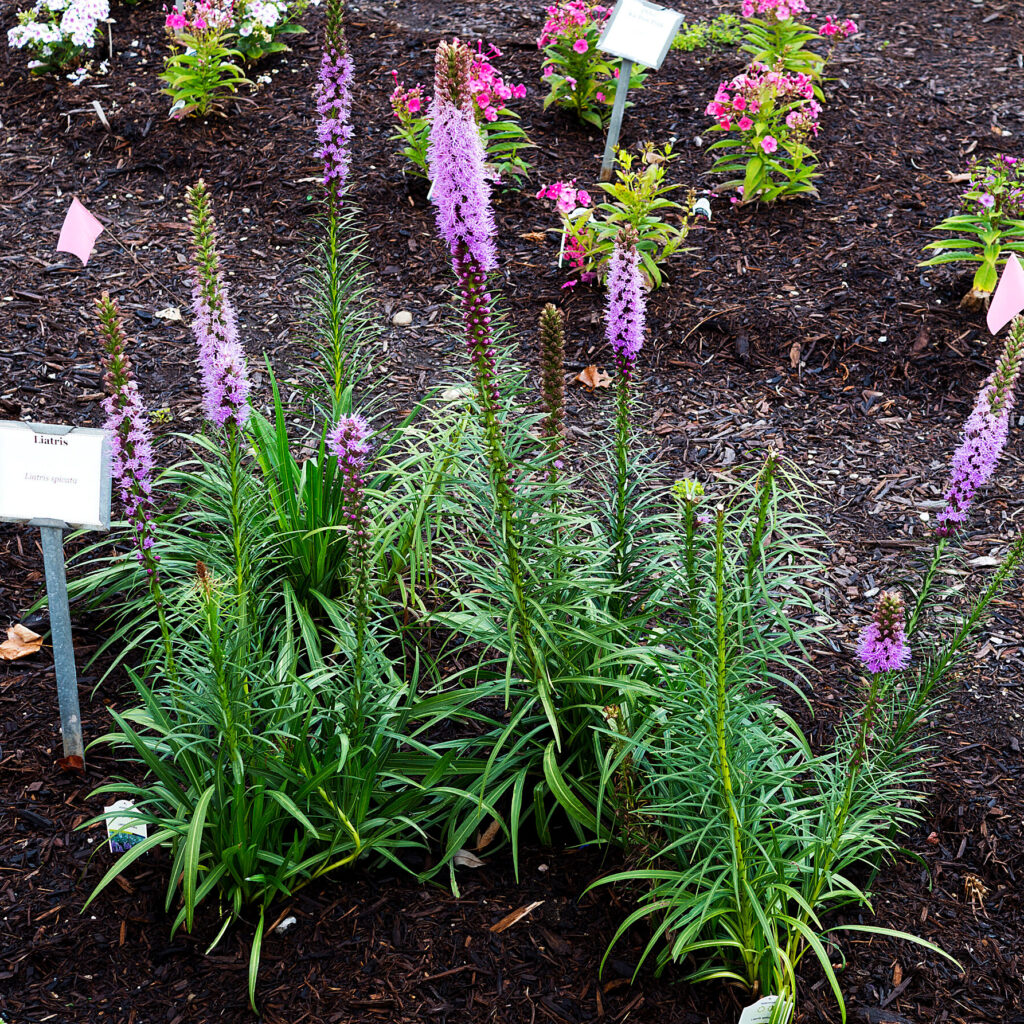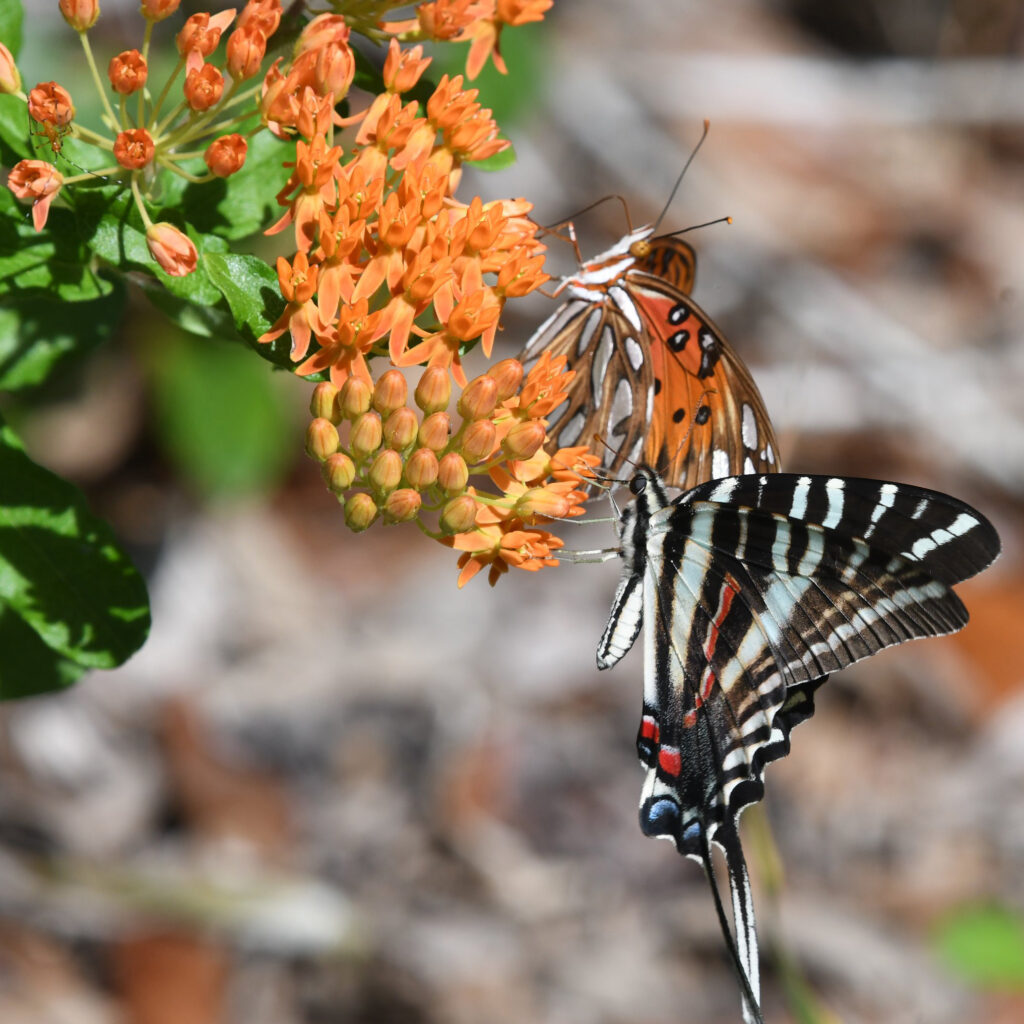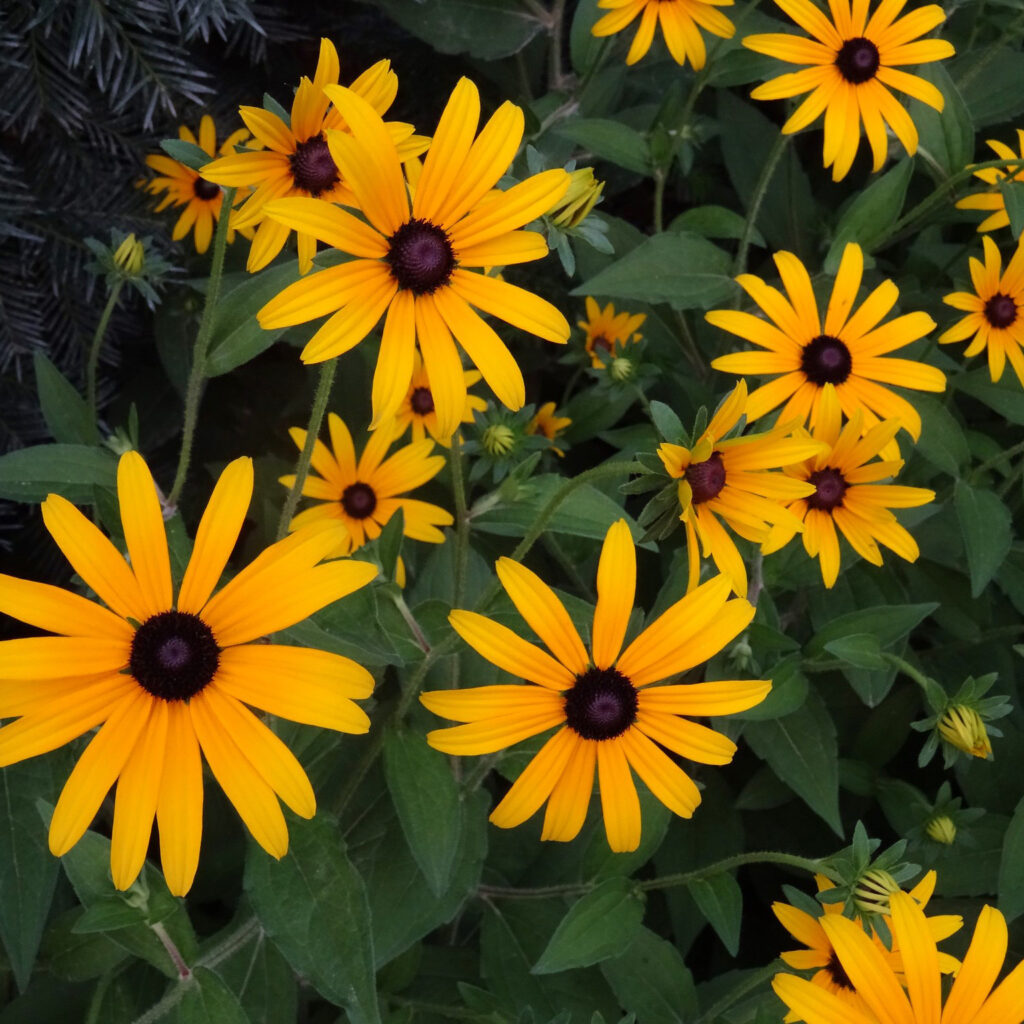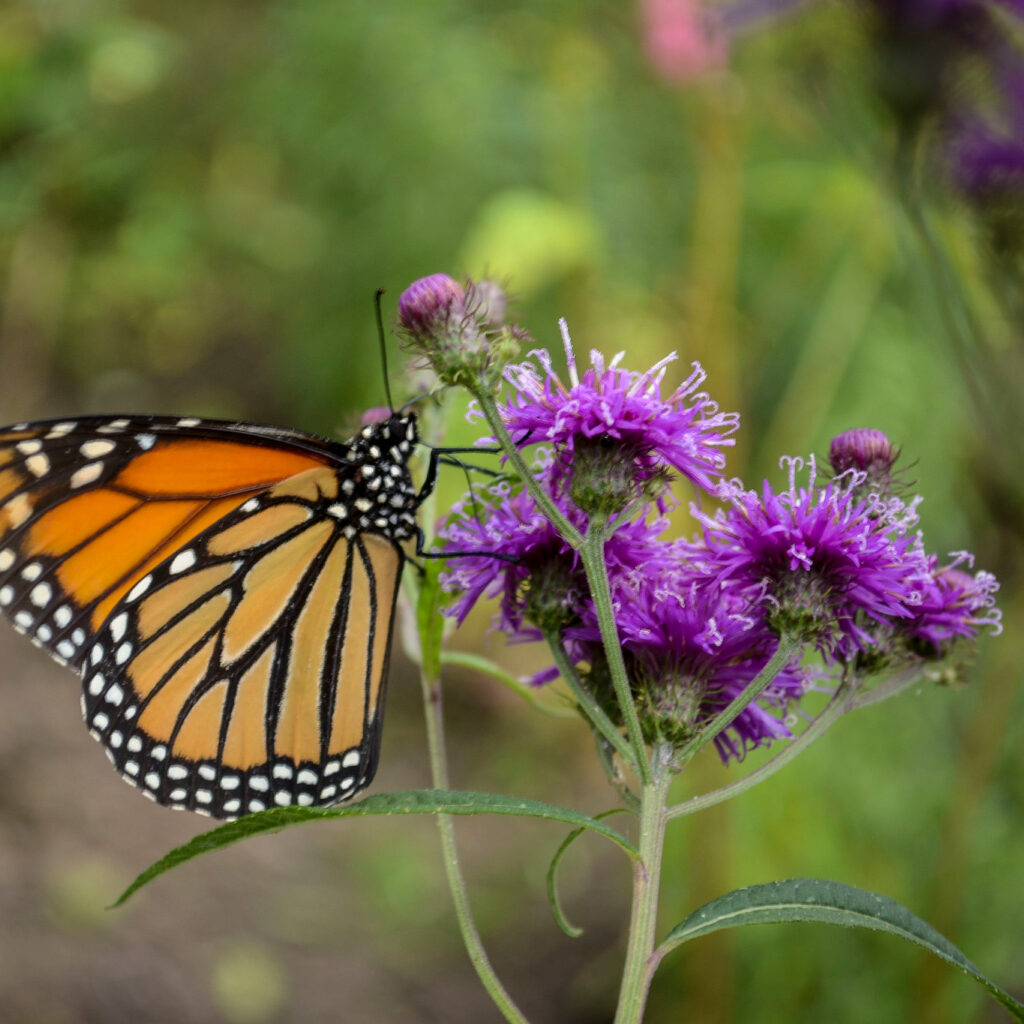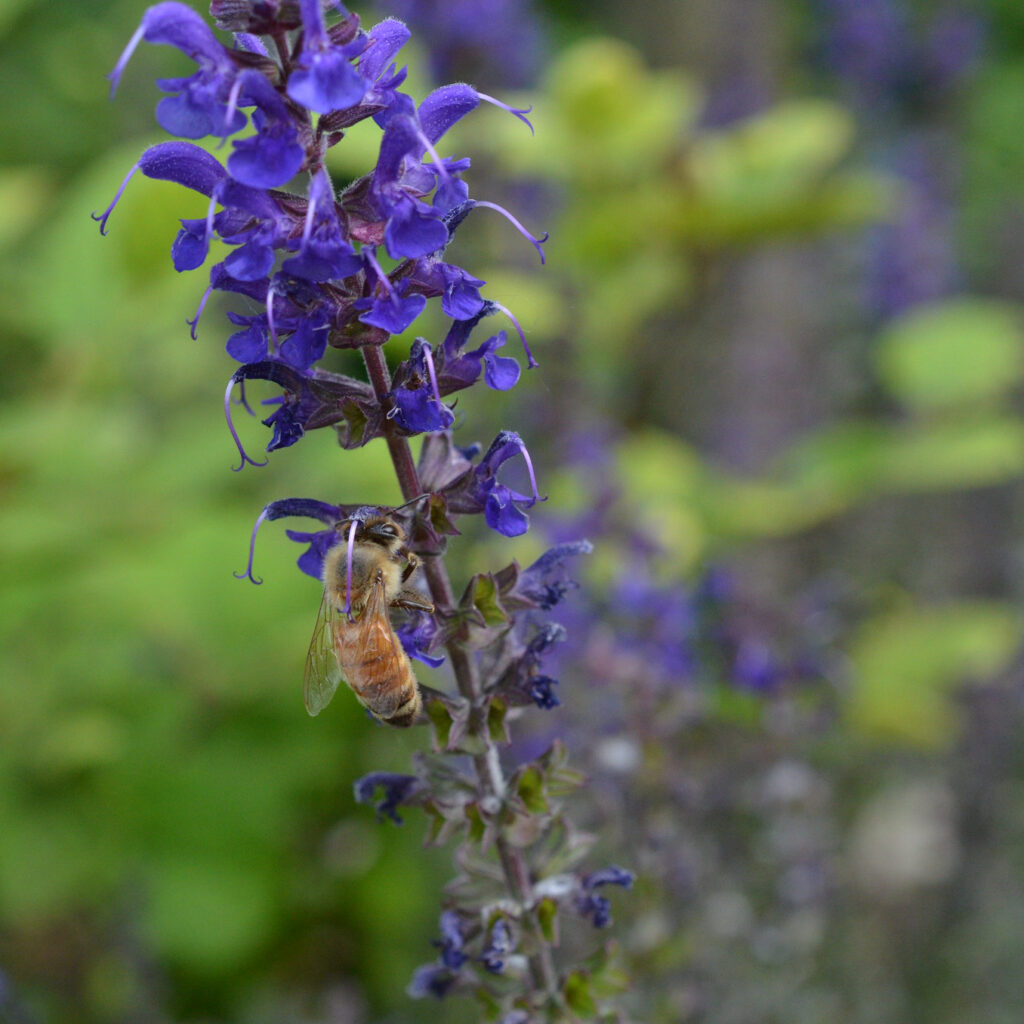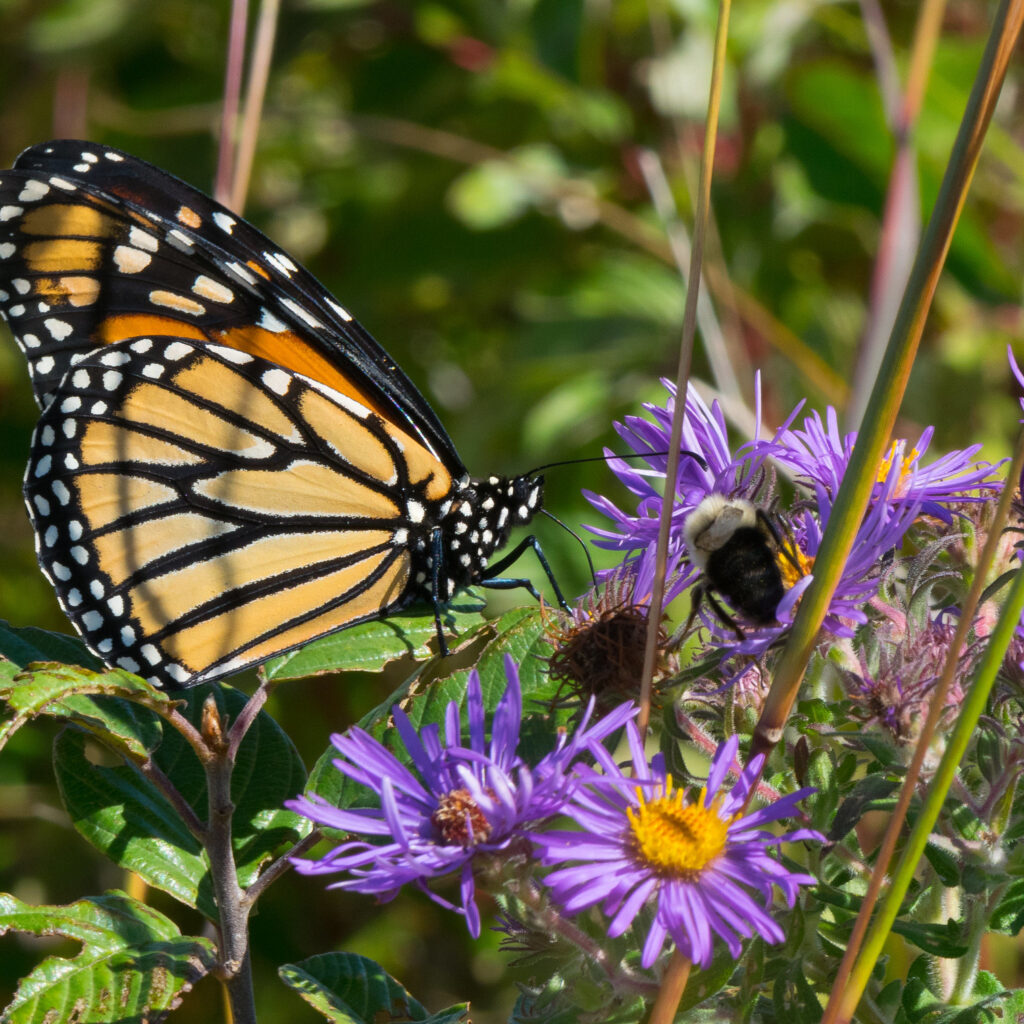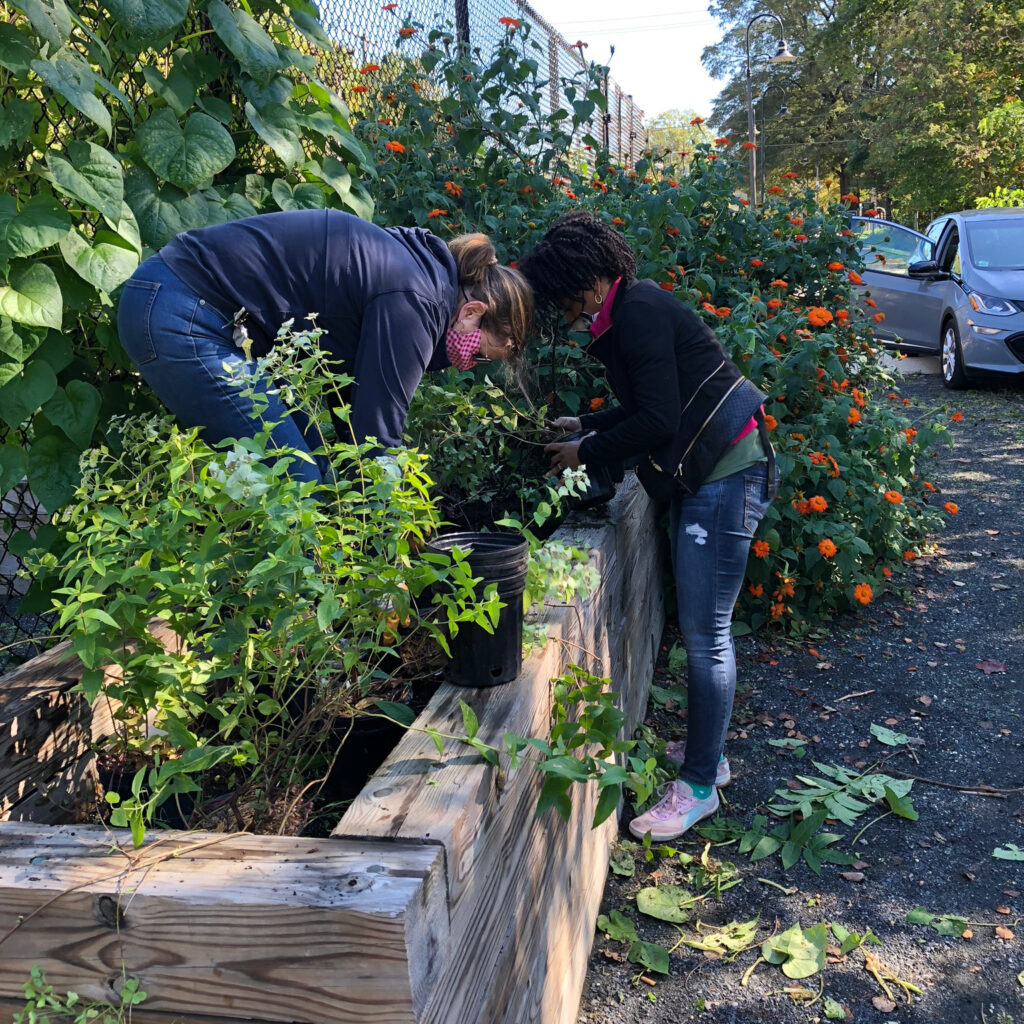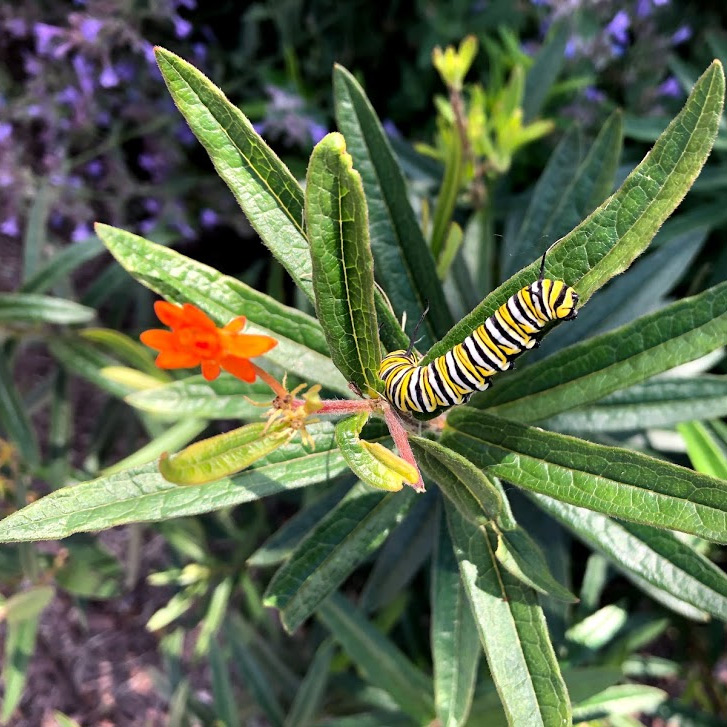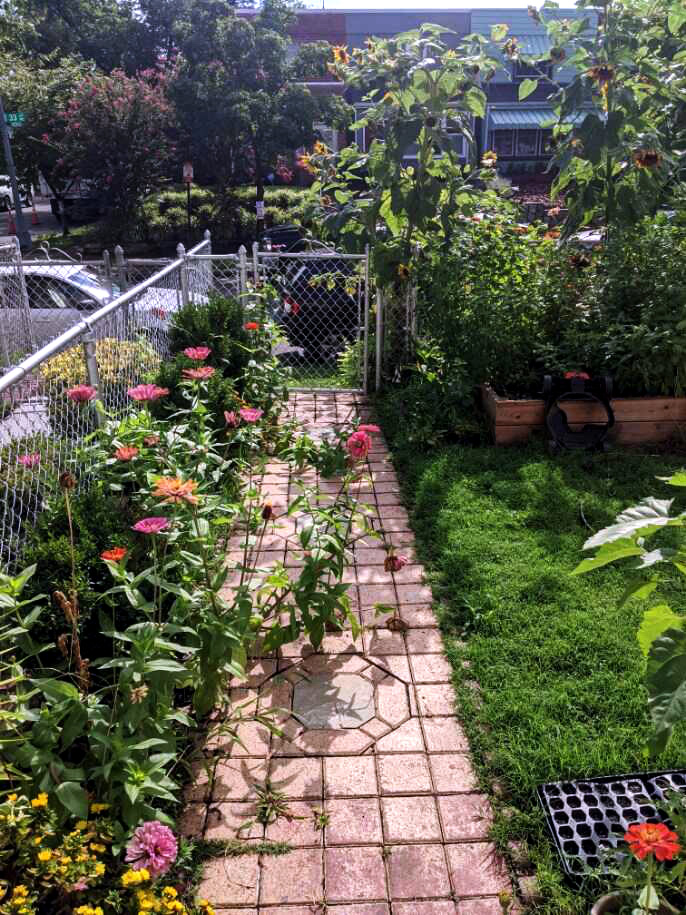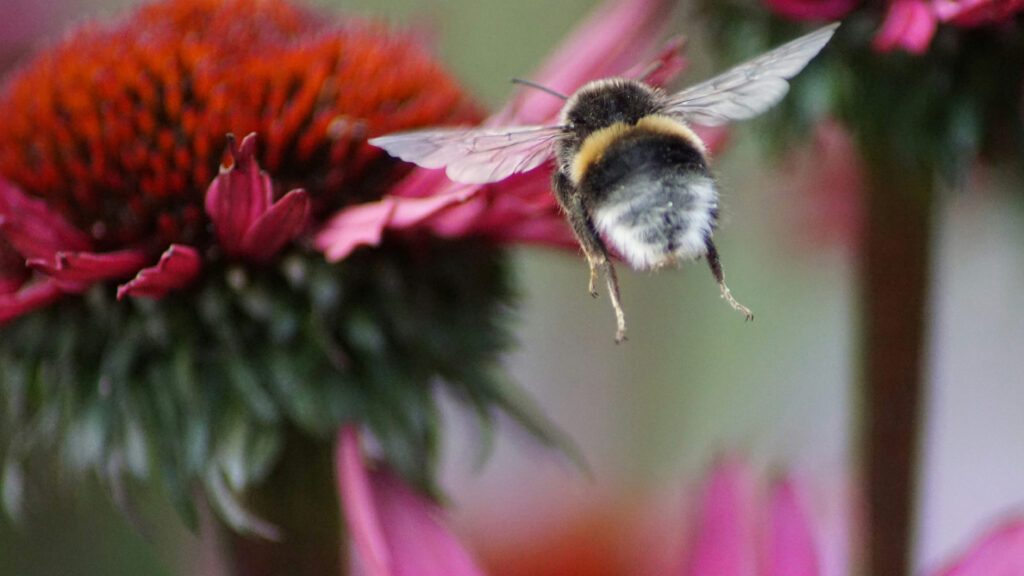Community Links
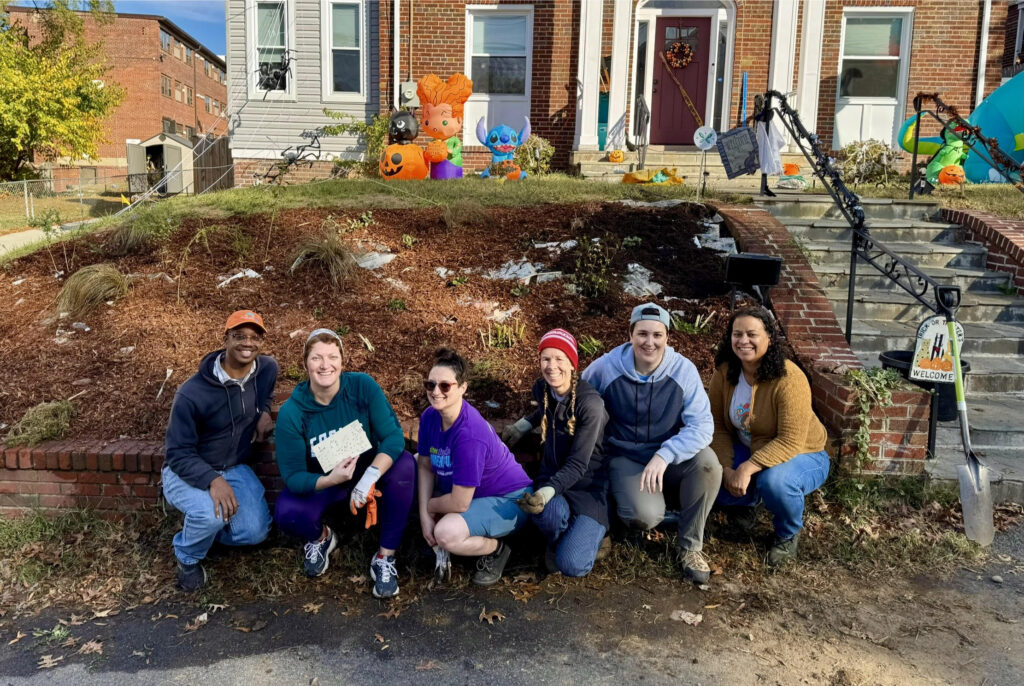
Resources
Endangered Species Coalition
The Endangered Species Coalition’s mission is to stop the human-caused extinction of our nation’s at-risk species, to protect and restore their habitats, and to guide these fragile populations along the road to recovery.
Society for Biodiversity Preservation
The Society for Biodiversity Preservation protects the earth and reverses biodiversity loss through local habitat conservation projects and educational programs undertaken and performed by citizen scientists.
Washington Youth Garden
Washington Youth Garden is a program of the Friends of the National Arboretum. Their beautiful gardens are a critical part of the industry-leading programming to educate students on science, food and environmental stewardship.
Rooting DC
DC Natives supports Rooting DC, an annual, local, free forum that provides resources and education on urban agriculture, food systems and protection of the environment.
